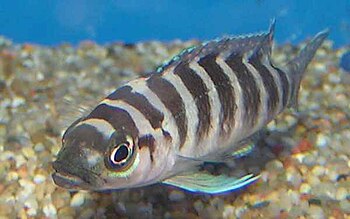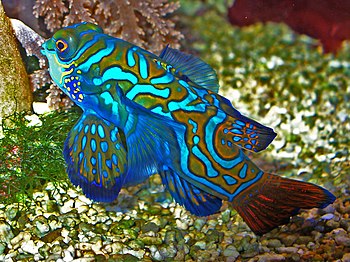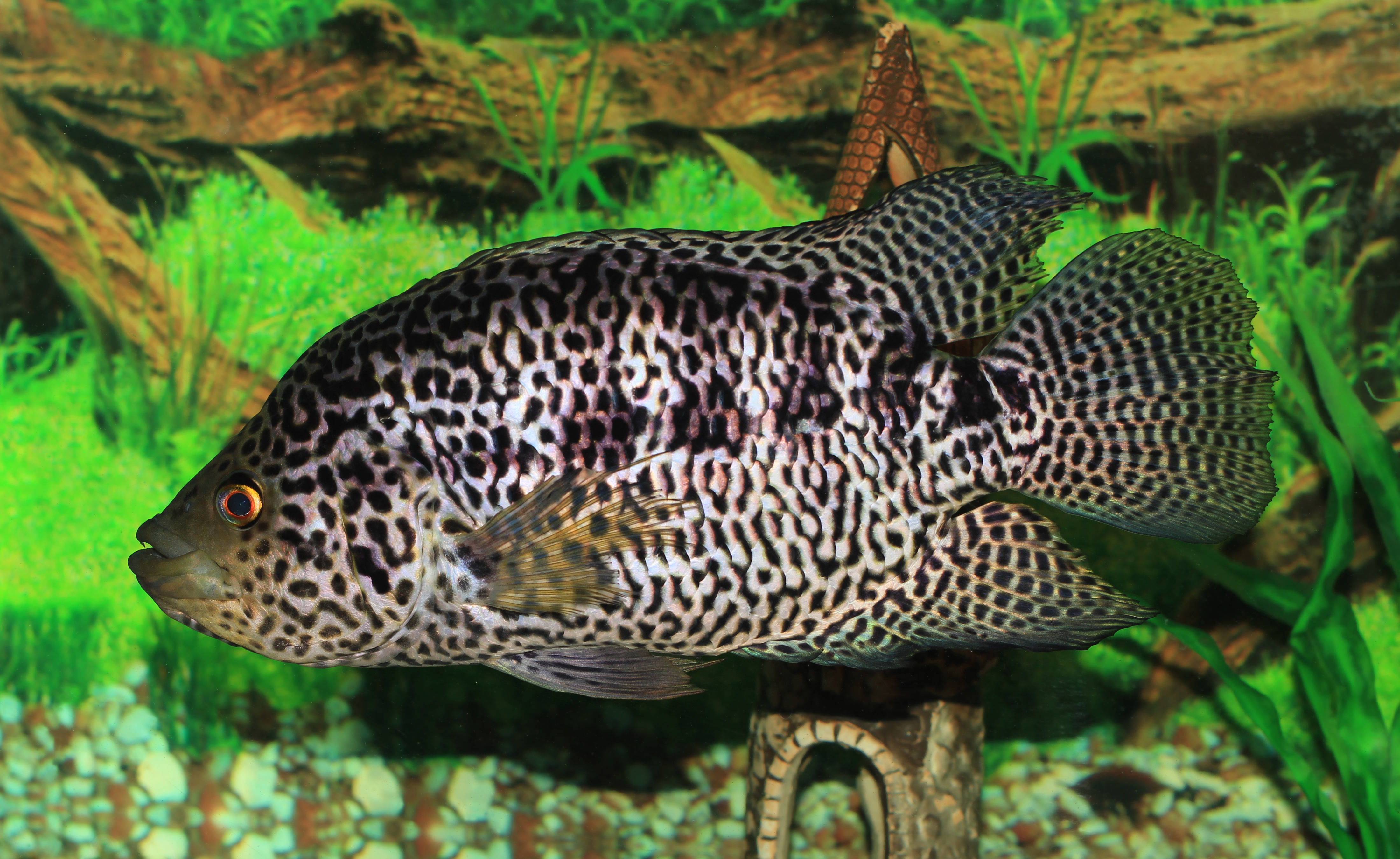 |
| A commercially available canister filter (Photo credit: Wikipedia) |
Aquarium filters are an absolute must in keeping a proper fish tank setup. No one has operated an effective aquarium system without properly functioning fish tank filters or aquarium filters. The importance of aquarium filters is not subject to debate; they are an essential part of any aquarium system. You do not need to be intimated by this because as essential as it is, fish tank filters do not require too much effort and money from aquarium owners.
Whether you are a hobbyist or a serious aquarist, your main goal is to provide the best possible environment for your fish to not just live, but thrive in. Thus, you must give a lot of thought to which fish tank filters and filter media should be used to produce the most excellent results within your budget. You will be glad to find that there are a lot of options available to meet your demands, needs, and restrictions.
The importance of aquarium and fish tank filters
Aquarium filters are essential because they rid your aquarium of chemical waste products, both soluble and physical. Fish tank filters simplify the maintenance of your aquarium or fish tank setup. You should remember that fish tanks are definitely smaller counterparts of the natural habitat that your fish are used to. Thus, aquarium filters are essential in supporting the fish's existence.
As with all living organisms, fish and other possible animals that you can put in your aquarium produce waste materials through breathing and their excrement. Aside from this, food or plants that are not consumed and other organisms that have died inside the fish tank can also add to the waste. These waste products contaminate the water, making it dirty as they continue to collect. As more waste products are collected, thereby contaminating the water, there's a higher health risk for organisms living inside the aquarium. This is where filtration comes in. Installing fish tank filters is a tried and tested method to make sure that the aquarium will continue to be a conducive environment for your fish and other aquatic pets. Simply put, no one wants to live in a dirty house, not even fish.
What are filter media?
 Filter media are the materials present in aquarium filters, where the water passes through. Once the water passed through the filter media, the main cleaning or filtration action begins. There are three kinds of filter media in aquarium filters: biological, mechanical, and chemical.
Filter media are the materials present in aquarium filters, where the water passes through. Once the water passed through the filter media, the main cleaning or filtration action begins. There are three kinds of filter media in aquarium filters: biological, mechanical, and chemical.
Mechanical filter media are composed of synthetic fibers. These fibers vary in roughness and come in two forms: sponge and floss. Mechanical media are the front liners in the cleaning process happening in fish tank filters because they are the first to absorb large debris and dirt that can cause damage to the more delicate chemical and biological media. Mechanical filter media have to be cleaned on a regular basis, but this shouldn't be a problem since the debris can be easily rinsed away from the filter.
The main role of biological filter media is to remove toxins such as nitrates, ammonia, and nitrites that are present in organic wastes produced by the living organisms in the aquarium. Biological filter media come in the form of bio-balls, rings, substrates, and gravel, which should be increased when you add more pets to your fish tank.
 |
| An internal aquarium filter is driven by air displacement (Photo credit: Wikipedia) |
Lastly, chemical filter media are responsible for removing other pollutants that the two other types cannot get rid of. These pollutants range from air pollutants and organic compounds from biological processes to bi-products of fish medications. Chemical filter media usually take care of unwanted odors or colors in your aquarium water. Carbon and resin are the usual components of this type of filter media.
How do aquarium canister filters work?
Aquarium canister filters are currently becoming the most common type of aquarium filters. Canister filters are situated below the tank, inside the stand of the fish tank. They have cylinders that are closed, measuring around 15 inches in length, with locking lids that have two valves. The intake valve draws water into the aquarium canister filters, where the water passes through the media. The outtake valve spews out filtered water back into the tank. Canister filters are easy to maintain unlike the more popular HOB or hang on back filters. Usually, aquarium canister filters can still be effective even if only undergoing maintenance once or twice a year.
What is a wet/dry filter?
Wet/dry filters used to be an extremely popular choice for biological filtration in the saltwater aquarium hobby. Advancements in filtration technology have made the wet/dry filter a less popular choice. In fact, some more hardcore hobbyists have labeled them as "nitrate factories."
Wet/dry filters are very good at breaking down ammonia into nitrate. They provide an aerobic environment for bacteria to break down waste so they do not deplete oxygen from your aquarium. Unfortunately, aquarium wet/dry filters [http://www.marinedepot.com/wet_dry_filters__index-ap.html] are almost too efficient for a reef tank and may cause nitrate levels to build up too fast. That's why many hobbyists prefer using live rock in the reef aquarium environment as their primary biological filtration.
|






